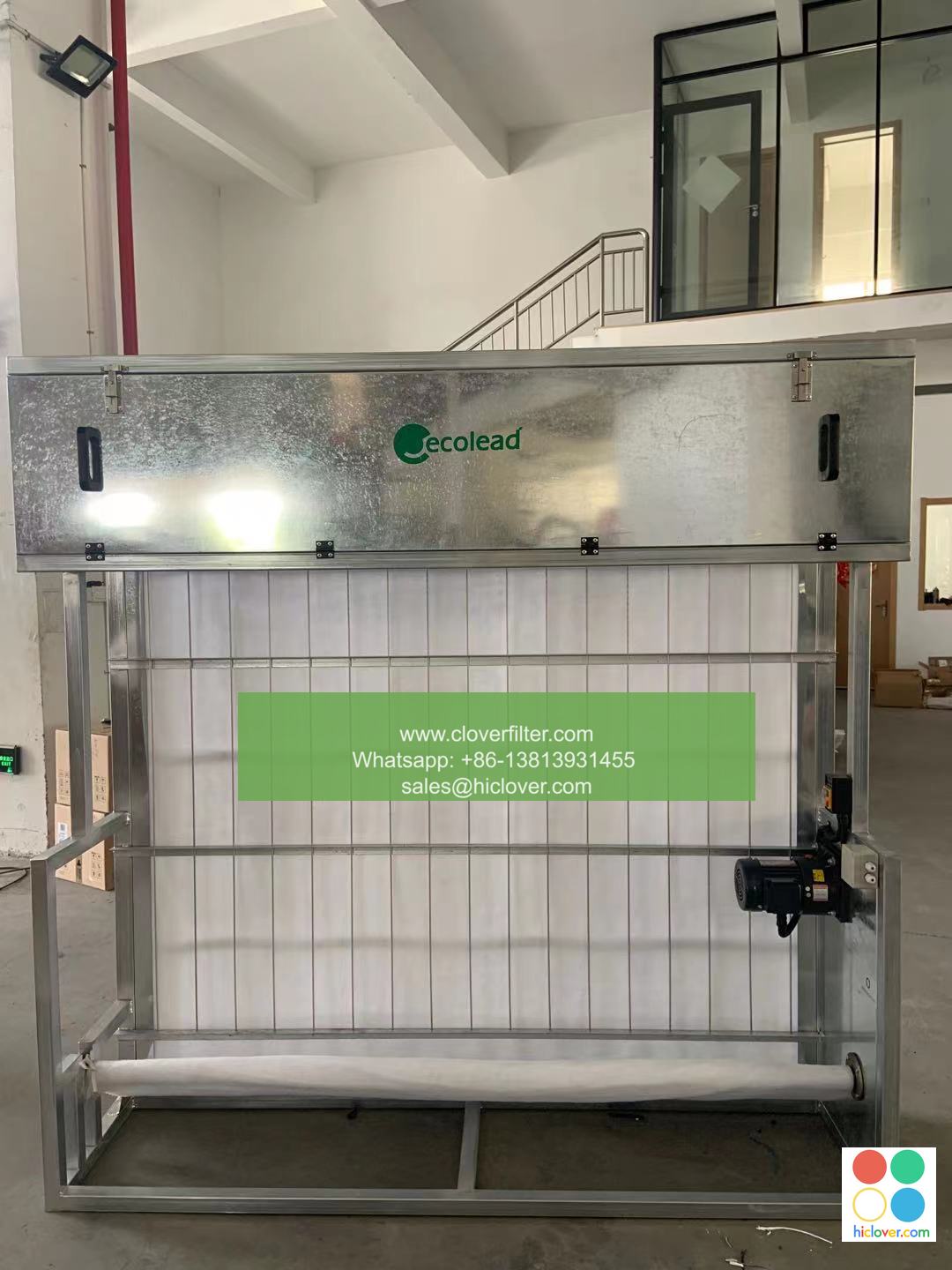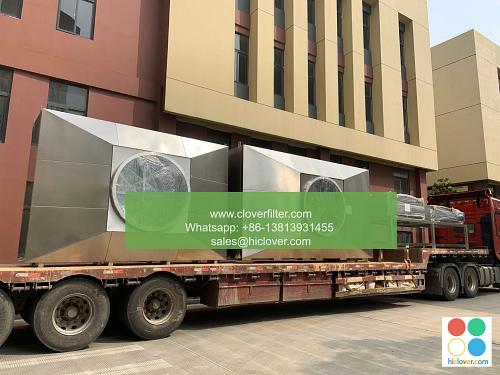The Science Behind Air Filters: How They Work and What’s New

Air filters have become an essential part of our daily lives, providing a means to purify the air we breathe and improving overall indoor air quality (IAQ). With the increasing awareness of air pollution and its effects on human health, the demand for effective air filtration systems has risen significantly. In this article, we will delve into the science behind air filters, exploring how they work, the different types available, and the latest advancements in this field.
How Air Filters Work
Air filters work by using a combination of mechanical filtration and electrostatic attraction to capture particulate matter (PM), such as dust, pollen, and other airborne contaminants. The filtration process involves the following steps:
* Air is drawn into the filter through a pre-filter, which captures larger particles and prevents them from entering the main filter.
* The air then passes through a filter medium, such as a HEPA (High Efficiency Particulate Air) filter or an activated carbon filter, which traps smaller particles and gases.
* The filtered air is then released back into the environment, free from contaminants and pollutants.
Types of Air Filters
There are several types of air filters available, each with its own unique characteristics and applications. Some of the most common types include:
* HEPA filters: These filters are capable of capturing 99.97% of particles as small as 0.3 microns, making them ideal for hospitals, clean rooms, and other high-sensitivity environments.
* Activated carbon filters: These filters are designed to capture gases and odors, making them effective for indoor air pollution control and odor removal.
* UV air purifiers: These filters use ultraviolet (UV) light to kill bacteria, viruses, and other microorganisms, making them ideal for healthcare facilities and other high-risk environments.
Application Areas
Air filters have a wide range of applications, including:
* Residential air purification: Air filters can be used in homes to remove allergens, pet dander, and other indoor air pollutants.
* Commercial air purification: Air filters can be used in offices, shopping malls, and other public spaces to improve indoor air quality.
* Industrial air purification: Air filters can be used in manufacturing facilities, warehouses, and other industrial settings to remove hazardous particles and gases.
* Transportation air purification: Air filters can be used in cars, buses, and other vehicles to improve in-cabin air quality.
What’s New in Air Filtration Technology
The air filtration industry is constantly evolving, with new technologies and innovations emerging regularly. Some of the latest advancements include:
* Nanofiber filters: These filters use nanotechnology to create ultra-fine fibers that can capture even the smallest particles.
* Smart air purifiers: These filters use artificial intelligence (AI) and Internet of Things (IoT) technology to monitor and adjust to changing air quality conditions.
* Sustainable air filters: These filters are designed to be eco-friendly and sustainable, using materials such as recycled plastic and bamboo.
In conclusion, air filters play a critical role in maintaining good indoor air quality and protecting human health. With the latest advancements in air filtration technology, we can expect to see even more effective and efficient air filters in the future. Whether you’re looking to improve the air quality in your home, office, or industrial setting, there’s an air filter out there that can meet your needs. It seems like you forgot to include the prompt. Please go ahead and provide the prompt, and I’ll be happy to help!

